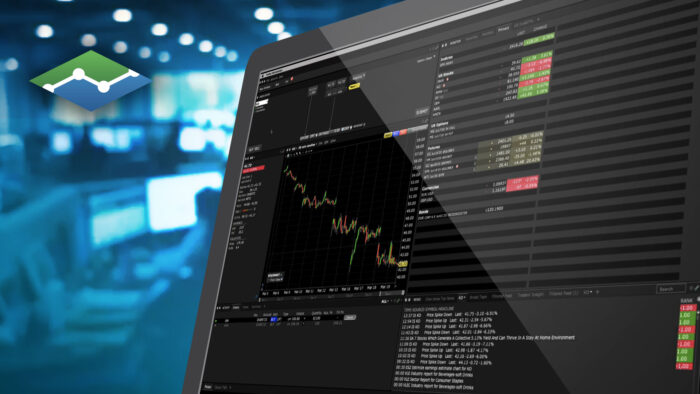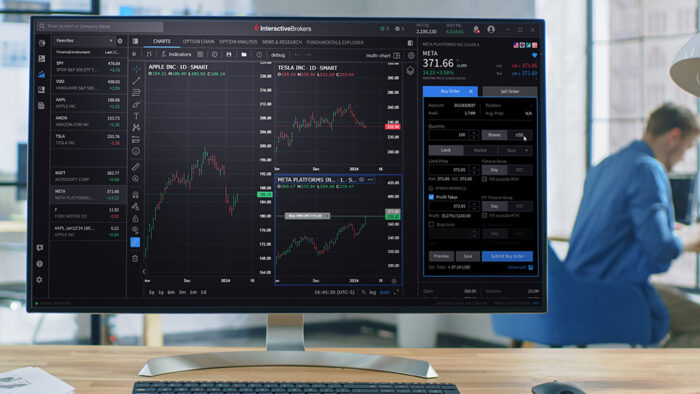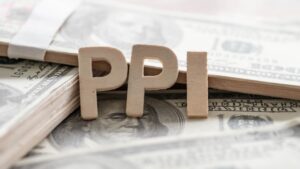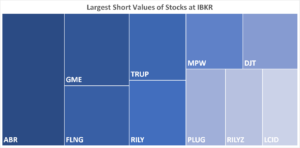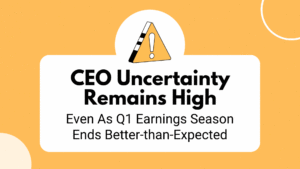Originally posted, 13 December 2023 – The Fed’s December decision: A dove in a pear tree
Global Head of Fixed Income Jim Cielinski explains how the Federal Reserve’s (Fed’s) perhaps unexpected move toward dovish policy could impact both the U.S. economy and fixed income allocations.

Markets are built upon a healthy tension among participants in pursuit of ultimately arriving at an equilibrium suitable for all. Over the past few months, an acute source of tension has created a disconnect between the Federal Reserve’s (Fed’s) expected trajectory for its overnight policy rate and what forward-looking markets believed was appropriate, with the former remaining firmly in the restrictive camp. Wednesday’s statement by Fed Chairman Jerome Powell relieved much of that tension as the U.S. central bank took what we consider to be an unambiguous move toward dovish territory for the first time this cycle.
As evidenced by the precipitous post-announcement decline in bond yields across the U.S. Treasuries curve – 2-year yields fell by as much as 30 basis points (bps) and the 10-year by roughly 18 bps – the market embraced the Fed’s new posture. And while a shift in rhetoric does not equal a pivot, the intent of the central bank’s forward guidance is to lay the groundwork for what looks to be an imminent move.
This shift in the Fed’s stance has considerable implications for the fixed income landscape. Foremost, given Chairman Powell’s laser focus on price stability after 2022’s botched transitory call, the Fed would not even hint that a pivot – much less a 75-bps reduction – was in the cards unless it believed the inflation genie was being placed back in the bottle. If anything surprised us in the Fed’s statement, it was Chairman Powell’s seemingly abrupt reversal in his stance that rate cuts would not be forthcoming until inflation dipped closer toward the Fed’s 2.0% objective.
Change in Fed’s Summary of Economic Projections (2024)
The Fed evidently has enough confidence in the continued descent of core inflation – expecting it to fall to 2.4% by year-end 2024 – to suggest that up to three 25-bps rate cuts may be justified over the next 12 months.

Source: Federal Reserve, as of 13 December 2023.
Granted, progress has been made. The Fed’s updated Summary of Economic Projections lowered its expectation for year-end 2024 core inflation, as measured by the Fed’s favored gauge, from 2.6% to 2.4%. We are already seeing this view play out, with the six-month annualized rate of inflation, based on the core Personal Consumption Expenditures (PCE)1 price index, falling from 4.0% in June to 2.5% in October. Still, the central bank’s willingness to depart from this restrictive line in the sand is notable, although it could be second-guessed should inflation’s downward trajectory stall.
The welcome descent in inflation
Giving the Fed cover to shift to a dovish stance was the 6-month annualized inflation rate sliding to 2.5%, compared to a more elevated year-over-year figure.

Note: Past performance is not indicative of future results
Source: Bloomberg, as of 13 December 2023.
It’s working (maybe)
A soft landing is notoriously difficult to achieve. It’s the goal in nearly every tightening cycle, yet it seldom plays out that way. The current cycle is further complicated by the historic amount of accommodative policy unleashed by the Fed and other central banks in the throes of the COVID-19 pandemic. Still, the data are supportive of an economy cooling at a manageable pace.
While job growth remains above trend, it has moderated from its post-pandemic peak. Other data indicate that fourth-quarter U.S. economic growth is well off its torrid 5.2% third-quarter pace. The Fed is now calling for 2024 gross domestic product growth to clock in at 1.4%, slightly down from September’s estimate of 1.5%. For reference, consensus estimates call for annualized quarterly economic growth to slow over the course of 2024 as the long and variable lags of 525 bps of previous rate hikes continue to bite. Importantly, these estimates do not call for any quarter to generate negative growth.
An early present for bond investors?
In our 2024 Market GPS, we argued that the upcoming year was shaping up well for bond allocations. This more-dovish-than-expected Fed statement reinforces our argument. Moderating economic growth means that a peak in the rates cycle has been reached. Importantly, a fixed income allocation can now offer yields at levels that had been absent for over a decade.
Furthermore, should a soft landing materialize, we believe higher-quality corporate and securitized credits could potentially offer value as their financial positions should help them weather a modest economic slowdown. If, however, growth surprises to the downside, we could see the safest segments of the bond market – namely Treasuries – rally across maturities. The resulting capital appreciation would then serve as a diversifier against the riskier equities and high-yield corporates that could likely experience a drawdown in a bearish scenario.
Mindful of the risks
While we see bonds likely performing well in both a soft landing and a more material contraction, there are risks inherent in our assessment of how Fed policy could impact the economy and the fixed income market.
Higher rates have stymied the U.S. housing market and business investment, and a lower cost of capital could provide relief to these rate-sensitive pockets of the U.S. economy. Should this development result in a positive-growth surprise, bond yields would likely find a floor, and those farther out on the curve could climb as investors price in higher growth and accompanying inflationary pressure.
Yet, as long as accelerating prices remain relatively contained, this is not a bad problem to endure as it is premised on resilient economic growth. Should that scenario materialize, we would expect more cyclical and lower-quality fixed income securities to also participate in any rally, as they could again grow revenues and maintain margins.
Disclosure: Janus Henderson
The opinions and views expressed are as of the date published and are subject to change without notice. They are for information purposes only and should not be used or construed as an offer to sell, a solicitation of an offer to buy, or a recommendation to buy, sell or hold any security, investment strategy or market sector. No forecasts can be guaranteed. Opinions and examples are meant as an illustration of broader themes and are not an indication of trading intent. It is not intended to indicate or imply that any illustration/example mentioned is now or was ever held in any portfolio. Janus Henderson Group plc through its subsidiaries may manage investment products with a financial interest in securities mentioned herein and any comments should not be construed as a reflection on the past or future profitability. There is no guarantee that the information supplied is accurate, complete, or timely, nor are there any warranties with regards to the results obtained from its use. Past performance is no guarantee of future results. Investing involves risk, including the possible loss of principal and fluctuation of value.
Disclosure: Interactive Brokers
Information posted on IBKR Campus that is provided by third-parties does NOT constitute a recommendation that you should contract for the services of that third party. Third-party participants who contribute to IBKR Campus are independent of Interactive Brokers and Interactive Brokers does not make any representations or warranties concerning the services offered, their past or future performance, or the accuracy of the information provided by the third party. Past performance is no guarantee of future results.
This material is from Janus Henderson and is being posted with its permission. The views expressed in this material are solely those of the author and/or Janus Henderson and Interactive Brokers is not endorsing or recommending any investment or trading discussed in the material. This material is not and should not be construed as an offer to buy or sell any security. It should not be construed as research or investment advice or a recommendation to buy, sell or hold any security or commodity. This material does not and is not intended to take into account the particular financial conditions, investment objectives or requirements of individual customers. Before acting on this material, you should consider whether it is suitable for your particular circumstances and, as necessary, seek professional advice.
Disclosure: Bonds
As with all investments, your capital is at risk.

